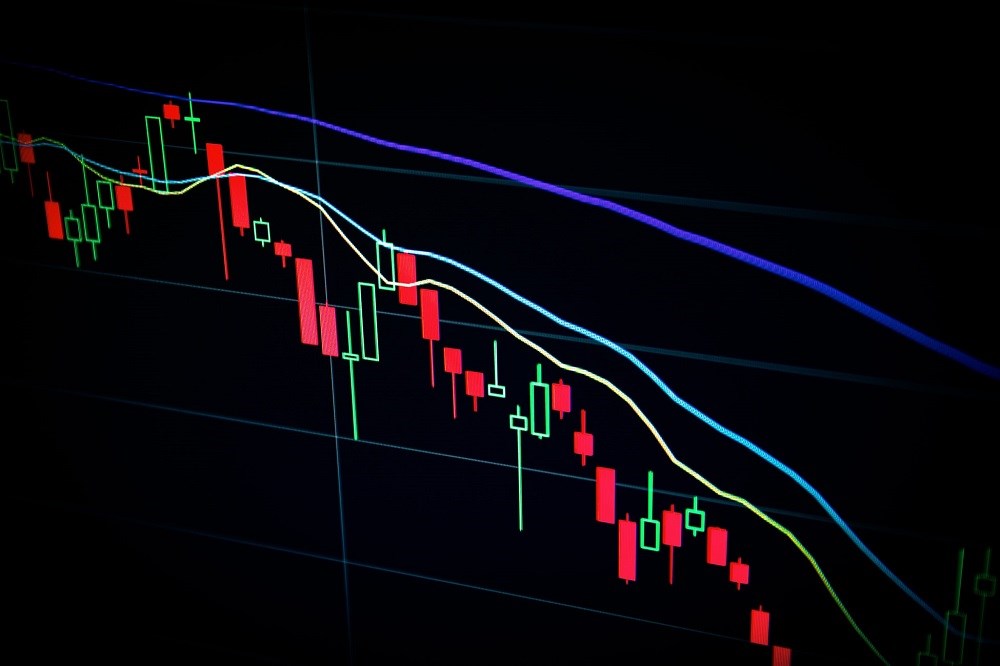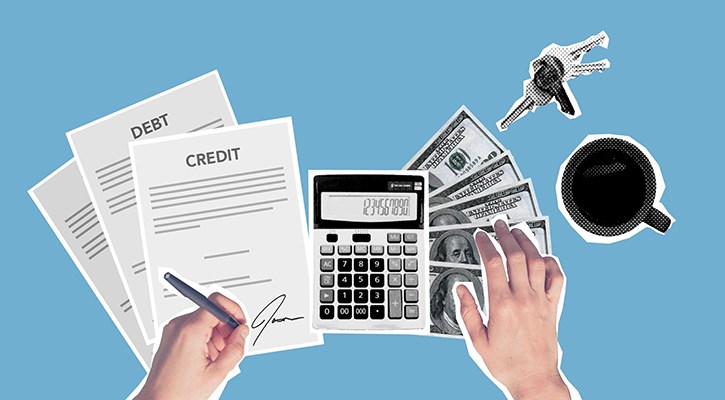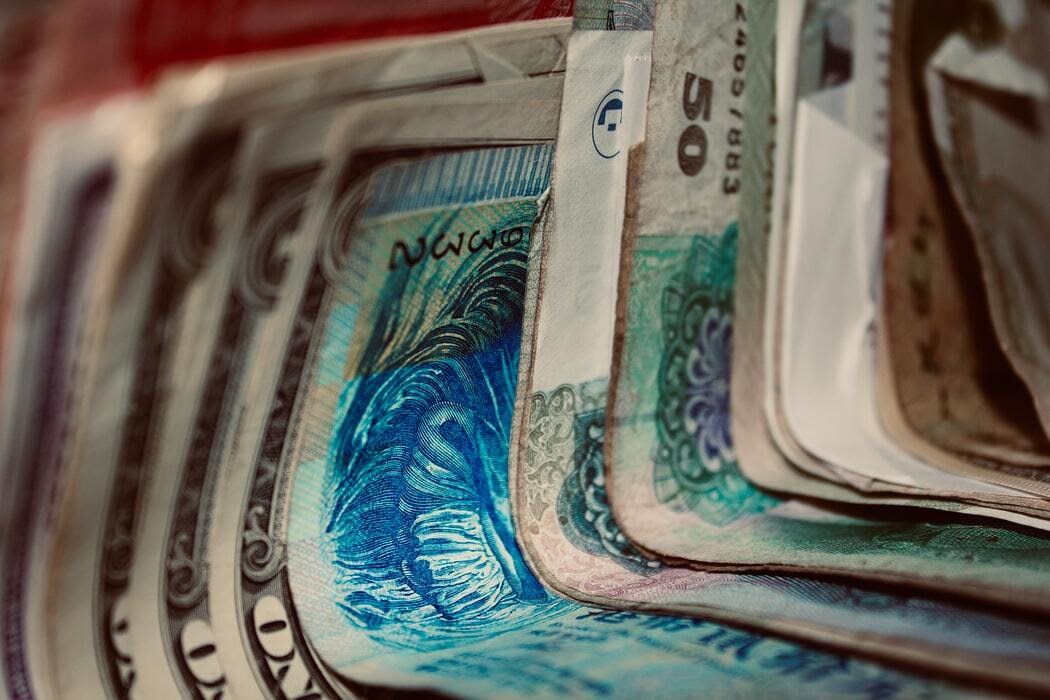
What is risk? In the world of investments, there are different definitions of this element depending on the instrument you are dealing with and your personal propensity to deal with it. To use a general definition, it can be said that, when investing, risk is the possibility that the return is worse than expected, leading to the loss, in part or in whole, of the value of the investment.
Making a list of assets considered risky is just as difficult as defining risk itself. However, there are some instruments that are increasingly entering investors' portfolios that carry risks that perhaps not everyone is aware of, cryptocurrencies and so-called meme stocks are some of the most popular risky assets of the moment. In this article, we look at three more mainstream types of investment that might carry more risk than you realized:
EM Bonds
Bonds issued by sovereign states are denominated either in local currency or that of a developed market (hard currency, usually US dollar).
This creates two distinct subsectors within emerging market bonds and exchange rate risk is the dividing line that investors should keep in mind between the two. “Currency fluctuations, for example, are the main performance driver for the local currency market,” says Neal Kosciulek, manager research analyst for Morningstar Research Services.
Bonds issued by emerging market governments carry additional credit risk compared to developed market sovereign bonds because there is greater uncertainty about their ability to meet their obligations. "Uncertainty is determined by several factors, including the ability of the country to make citizens pay taxes and to be able to manage their finances responsibly," says Kosciulek.
Another problem is figuring out which benchmark to follow. "As with emerging market equity indices, benchmark providers' definitions of emerging bond issuers vary," says the analyst. "Determining whether South Korea is an emerging or developed country, for example, may have implications on the composition of the portfolio."
The differentiation between the two types can lead investors on two very different paths. "Local currency bonds are basically a bet on dollar movements, while hard currency bonds are a means of expressing views on a country's ability to meet its obligations."
Too Many Risks?
But, regardless of the instrument chosen, Kosciulek says it is difficult for the result to be optimal, considering the role traditionally plays in an emerging bond fund should have in a diversified portfolio. "Even in the current low interest rate environment, the return investors get is likely not commensurate with the risk," he says. "And the correlation of these markets with equities reduces their appeal as diversifiers."
Country Tracker Funds
"Interest in country funds (also known as country tracker funds) is an element that always worries us," says William Samuel Rocco, Senior Manager Research Analyst for Morningstar. “They are often used to follow countries that, at a given moment, are considered hot. And this is always a dangerous attitude. We have found that investors don't always perceive how risky they can be or how to use them properly”.
In short, these funds only make sense for certain types of investors. “For example, those who want to build a geographically diversified portfolio,” says Rocco. "Or those who realize they have too little exposure to a specific market”.
Focusing on a specific country, however, does not always guarantee real exposure to that area. This can be seen by looking at the revenue exposure (where companies make their profits) of the securities that are part of a given basket. An investor who buys a UK small-cap equity fund, for example, is actually putting companies in its portfolio whose fortunes depend in part (almost 20%, on average) on the business they produce in the United States.
Beware Of The Country Bias
A common mistake with funds dedicated to individual countries is to buy an instrument (or an asset) dedicated to a geographic area that investors know well (in finance this behaviour is called country bias). “Before the arrival of the Internet, investors had little information about companies that were outside their home borders. So it was natural, especially for the more cautious, to buy stocks they had a lot of information about”, says Iam Tam, Director of Investment Research for Morningstar. “This led to an overexposure to the equities of one's country. Investors today have a lot more information, but the behaviour is the same. Equities’ investors often look for information on their local market, in order to stay in their comfort zone. It is an understandable attitude but, from the point of view of diversification and performance, it’s penalizing ".
Small Caps
Companies are considered large, medium or small caps based on their market capitalization. Morningstar adopts a flexible approach, attributing each company to a geographical area (US, Latin America, Canada, Europe, Japan, Asia ex-Japan, Australia-New Zealand). The companies are then evaluated based on their position within the area to which they belong. Large caps are those that cover 70% of the total value of the shares in that area, mid-caps represent the next 20% and small caps the remaining 10%.
A common definition says that large-cap stocks have a market capitalization of at least 8.8 billion EUR, mid-cap stocks fall in the range of 1.8 to 8.8 billion EUR, and small-cap stocks range from 220 million to 1.8 billion EUR.
Small-Cap Opportunities and Risks
Small caps tend to offer higher long-term returns, but investors need to be prepared to withstand phases of considerable volatility.
These companies are less known to the market, which means that there is a greater opportunity for some particularly careful active managers to make good choices within the sector and outperform an index. But, along with better growth prospects, there is also a chance of seeing setbacks.
In general, small caps offer a better alignment of interests between investors and the board of directors of a company (which often coincides with the family that founded the company) which, even when things go wrong, does not abandon ship.
“Small-cap stocks are generally more volatile than their larger counterparts and should have their place in a well-diversified portfolio,” says Alex Bryan, analyst for Morningstar.
Determine Your Risk Levels
So how much risk should an investor take when investing? Investors can determine their risk levels using three steps.
- Establish your goals. Determine, quantify, and prioritize your investment goals. This is necessary because different goals--like an emergency fund, retirement, or a down payment on a house or a car--have different time frames that require different risk levels.
- Assess your risk capacity to determine general risk allocation. Risk capacity helps you understand the optimal amount of risk you could take to maximize the chance that you reach your goal, depending on how far you are from that goal. If you’re further away, you can handle the risk that your portfolio loses money for short periods. These bumps smooth out over time, and investors tend to earn a higher return for bearing more risk.
- Tweak risk capacity based on risk tolerance. Your risk capacity should largely dictate your risk level, but you might also examine how market swings make you feel. Short-term losses won’t ruin long-term returns, but how uncomfortable does a 40% portfolio decline make you feel? It’s hard to know until the situation arises, but if you think it would make you uncomfortable, then you might have a lower risk tolerance. Understand the optimal amount of risk you could take to maximize the chance that you reach your goal, depending on how far you are from that goal. If you’re further away, you can handle the risk that your portfolio loses money for short periods. These bumps smooth out over time, and investors tend to earn a higher return for bearing more risk.
©2021 Morningstar. All rights reserved. The information, data, analyses and opinions presented herein do not constitute investment advice; are provided as of the date written, solely for informational purposes; and subject to change at any time without notice. This content is not an offer to buy or sell any particular security and is not warranted to be correct, complete or accurate. Past performance is not a guarantee of future results. The Morningstar name and logo are registered marks of Morningstar, Inc. This article includes proprietary materials of Morningstar; reproduction, transcription or other use, by any means, in whole or in part, without prior, written consent of Morningstar is prohibited. This article is intended for general circulation, and does not take into account the specific investment objectives, financial situation or particular needs of any particular person. Investors should consult a financial adviser regarding the suitability of any investment product, taking into account their specific investment objectives, financial situation or particular needs, before making any investment decisions. Morningstar Investment Management Asia Limited is licensed and regulated by the Hong Kong Securities and Futures Commission to provide investment research and investment advisory services to professional investors only. Morningstar Investment Adviser Singapore Pte. Limited is licensed by the Monetary Authority of Singapore to provide financial advisory services in Singapore. Either Morningstar Investment Management Asia Limited or Morningstar Investment Adviser Singapore Pte. Limited will be the entity responsible for the creation and distribution of the research services described in this article.












.png)









